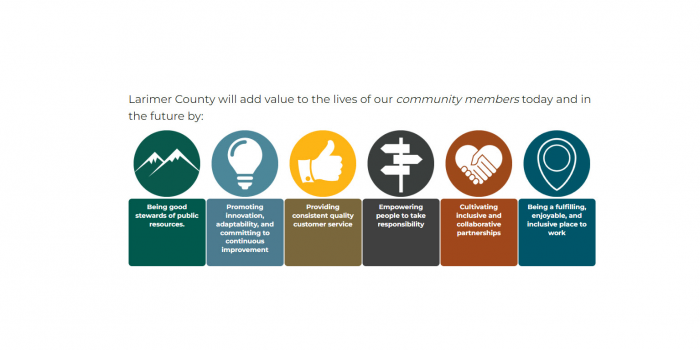How to Use Stories to Convey Values

Are the stories being told within your organization today the kind of stories that clarify your desired culture?
Storytelling is one of the most effective and impactful methods for communicating the desired culture of your organization to its members. For centuries, tribes of all kinds have utilized storytelling to support their desired culture. In man’s early history, those stories were told around the campfire each evening, with tribe members going to sleep with a clear image of preferred tribe behaviors, values, and norms in their minds.
Today, stories about your organization are told around the water cooler, at the corner cafe, the parking lot, on Slack, on social media, and everywhere in between. Stories serve to describe the behaviors and values that you want organization members to demonstrate in every interaction, day in and day out.


The types of stories that are told around your organization are indicators of what is important to the organization’s members.
CHRIS EDMONDS
Example of a Powerful Yet Lacking Story
This story doesn’t highlight the organization’s desired culture. One of my clients had shipped materials for an event to the coordinator in the hosting city. The coordinator checked the materials two days before the event started and discovered the wrong materials had been sent.
The client scrambled to print the right materials and get them ready for shipment ASAP. Shipping required one of their staff to drive the boxes to the airport headquarters of their preferred shipper – just before the shipper’s 8 pm deadline for accepting packages. The overnight shipment arrived at the hotel at 10:30 am the next day, just hours before the event’s early afternoon start. The coordinator was thrilled – and the story began making the rounds, praising the graphic artists, the printers, the shipping crew, and the staff member who frantically drove the boxes to the airport.
What’s wrong with this story? It deservedly celebrates great skill application and teamwork to solve the problem. However, this is a recovery story – the core issue is the problem should never have occurred in the first place! Quality control would have noted the wrong materials were being prepared before they originally shipped . . . and no recovery would have been required. A lot of people had to drop what they were doing and address this issue; that’s a lot of hours spent. The overnight shipping charges alone were over $300! This was a costly recovery – and doesn’t present the desired culture this client strives for, which is “doing it right the first time, every time!”
Elements of an Effective Story
Use these three criteria to identify stories that promote clarity and enthusiasm for your desired culture.
- Be simple, brief, and clear.
- Elevate the desired values and behaviors by describing their application and their impact.
- Tell the story with passion for the values it demonstrates.
The types of stories that are told around your organization are indicators of what is important to the organization’s members. If the right stories are being told and retold, your desired culture will get stronger. If the wrong stories are being told and retold, your desired culture will have a very tough time gaining traction.
Effective stories can teach without lecturing. Be a proactive scout of great values stories in your work environment! Ensure the right stories, that reinforce your desired culture, have a long life within your organization.
Want new articles before they get published? Subscribe to our Awesome Newsletter.

CAREER ADVICE

GOV TALK




